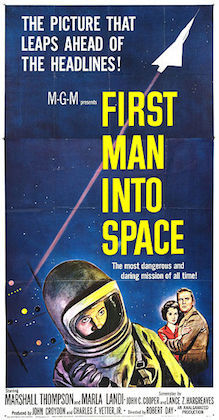Frankenstein (1931) Review | Scariest Horror Movies Ever
- Hound of Hellish Horror
- Nov 8, 2022
- 1 min read

No two words within the horror world will ever evoke the same fearful anticipation as "it's alive!" Frankenstein (1931) faithfully delivers a darkly tragic tale, resurrecting the most humanely poignant parts of Shelley's masterpiece while surveying the purest essence of terror - humanity's obsessive endeavor to create no matter the cost.
Using Shelley's chilling source material as the creative canvas, James Whale's Frankenstein revives, with great reverence, the legendary resurrection story. A timeless classic of black-and-white era cinema, even today, it's a film utterly unflinching in its cold dissection of the human condition.
Though the immortalized laboratory birth sequence typically earns much praise (and rightly so), from scene one, Frankenstein (1931) offers elaborate production values and artfully immersive cinematography.
But only through Boris Karloff's unforgettable multi-layered performance, which somehow manages to incite fear while extracting sympathy, do we relate on any meaningful wavelength.
Of course, the film's strict subject matter and source material will forever resonate throughout horror folklore. But When Whale finally reveals the curtain on Frankenstein's monster, what follows is one of the most shockingly suspenseful and dread-inducing moments ever in the history of cinema.



Comments